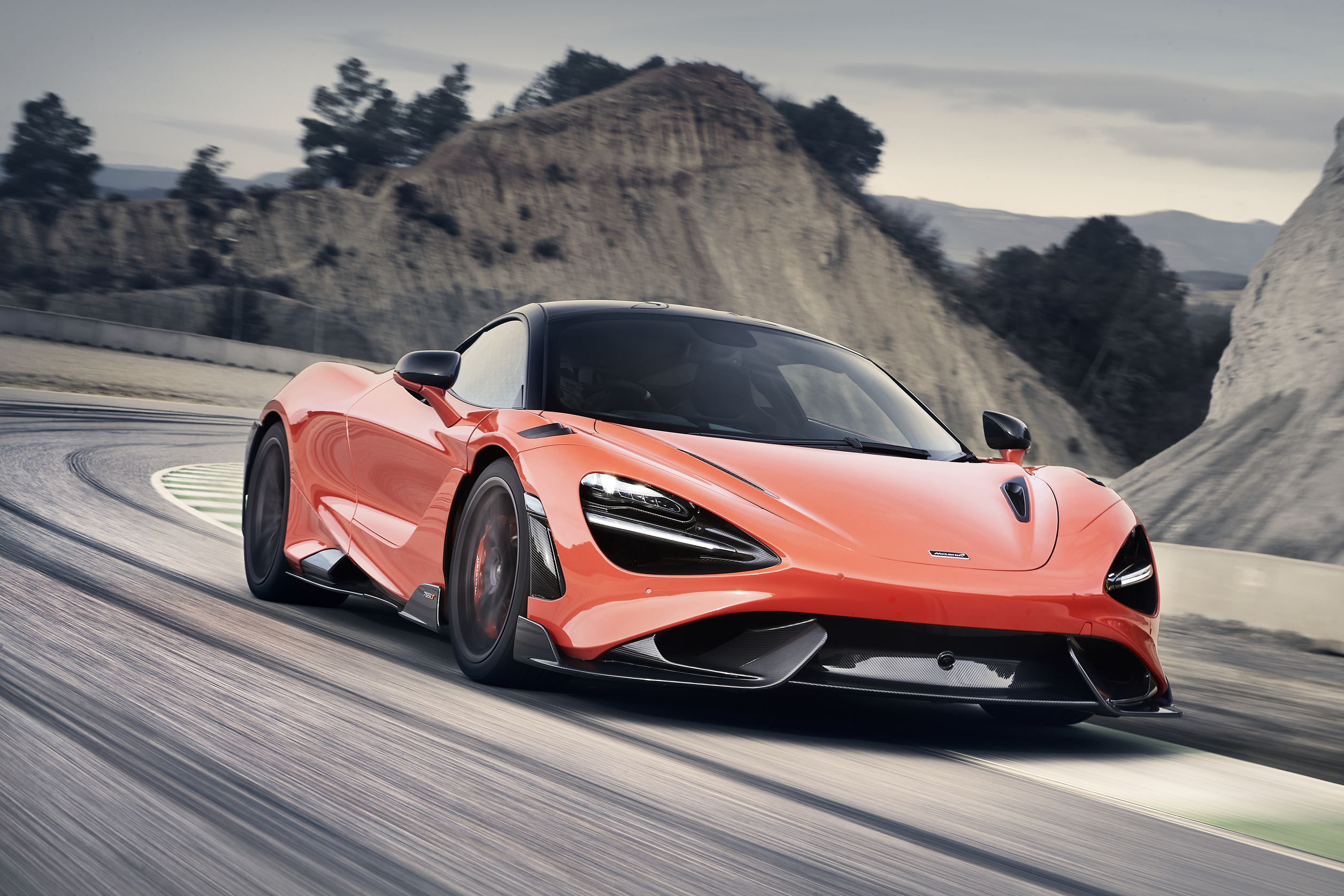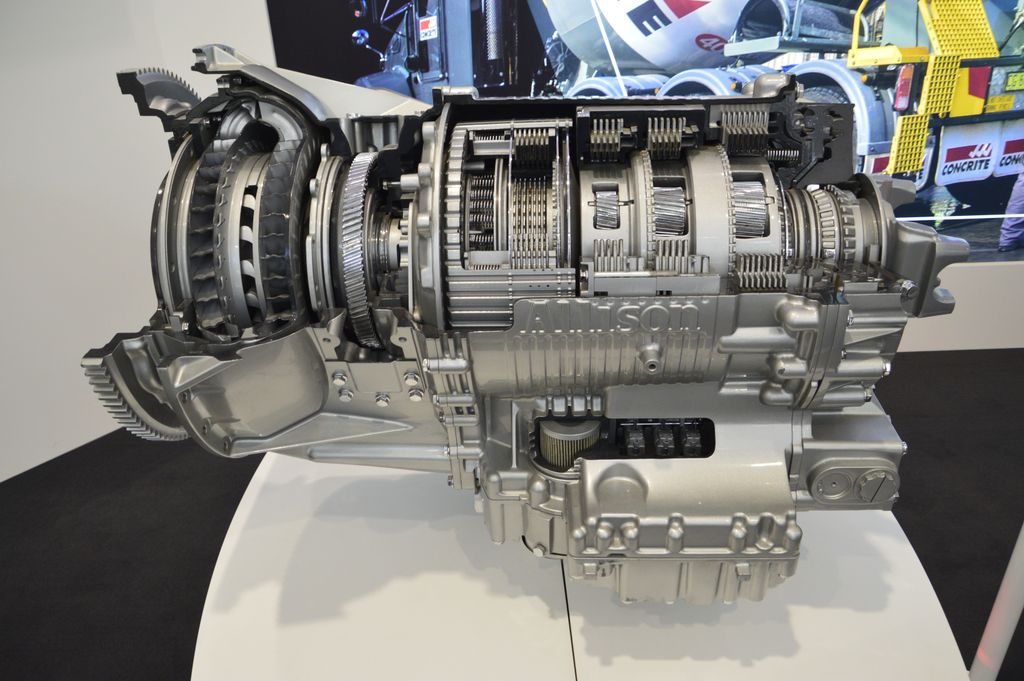
The very notion of speed has always captivated humanity, a primal urge to push boundaries and conquer the impossible. In the automotive world, no benchmark quite captures this relentless pursuit of velocity like the formidable 200 miles per hour barrier. It’s more than just a number; it’s a right of passage, an exclusive threshold that grants entry into an elite club of the absolute fastest vehicles ever conceived. For decades, engineers, designers, and visionaries have tirelessly strived to create machines capable of breaking this magical mark, forever etching their names into the annals of motoring history.
The cars that achieve this incredible feat are not merely vehicles; they are engineering masterpieces, born from a fusion of cutting-edge technology, audacious design, and an unwavering commitment to performance. They represent the pinnacle of automotive achievement, pushing the limits of physics and human ingenuity. While some more modern cars have soared far beyond the 200 mph mark with relative ease, the tradition of this esteemed club actually began decades ago, setting a precedent for the high-octane future we now inhabit.
In this deep dive, we’ll embark on an exhilarating journey through time, spotlighting some of the most iconic and groundbreaking supercars that shattered the 200 mph barrier. From the legendary pioneers who first dared to dream of such speeds to the innovative hybrids that now define the cutting edge, each of these machines tells a compelling story of ambition, power, and the unyielding quest for automotive supremacy. Prepare to be thrilled as we unveil the apex predators that truly leave everything else in the dust.

1. **Ferrari F40: The Unforgettable Pioneer**
When we talk about breaking the 200 mph barrier, it’s impossible not to start with the now iconic Ferrari F40. This magnificent machine, first put into production in 1987, holds a special place in history as the first production car to unequivocally clear the 200 mph mark. Achieving a verified top speed of 201 mph, it wasn’t just fast; it was a defiant statement, Enzo Ferrari’s final masterpiece, a car that perfectly encapsulated his passion and vision for ultimate performance.
The F40 was, and remains, a raw, uncompromising driving experience. Its body, furrowed with distinctive ventilation openings and a prominent basket-handle spoiler at the rear, was a visual declaration of its aggressive intent. The factory-applied paint was so thin, in fact, that the composite weave of the bodywork remained visible, a testament to its lightweight, race-bred construction. Underneath the famous slotted Plexiglas cover, the heart of the beast was a V8 engine, expanded from the 288 GTO, measuring just under three liters and fortified by two IHI turbochargers, maxing out at 1.1 bar, or 16 psi. This formidable powertrain unleashed 478 hp and 425 overflowing lb-ft of torque, effortlessly moving its mere 1,100-kilogram unladen weight.
Driving the F40 was an intimate, almost visceral experience. There was no hybrid battery power, no Formula 1-inspired paddle shifting, no stability control – it was fully analog. The acceleration was an absolute orgy of speed, capable of pulling the wrinkles from your face and almost squeezing the air from your lungs, sprinting to 200 km/h in 2.3 seconds less than its contemporary rival, the Porsche 959. This car was a disguised racing car, a milestone in automotive history, and for many children of the 1980s, it was a ‘people’s car,’ an educational toy that ignited a lifelong passion for speed. It demanded active participation from the driver, requiring significant power to apply the clutch and brake, and its aggressive bellowing, combined with intake and exhaust noises and the hiss of the wastegate, created an intoxicating symphony of pure mechanical power.
Car Model Information: 1990 Ferrari F40
Name: Ferrari F40
Manufacturer: Ferrari
Production: 1987–1996,1,311 produced (including LM, Competizione, and GTE)
Class: Sports car
Assembly: Maranello
Predecessor: Ferrari 288 GTO
Successor: Ferrari F50
BodyStyle: berlinetta
Powerout: cvt,cvt
Transmission: manual transmission
Wheelbase: cvt
Length: cvt
Width: cvt
Height: cvt
Weight: cvt
Sp: uk
Designer: ill
Categories: 1990s cars, 24 Hours of Le Mans race cars, All articles with unsourced statements, Articles with short description, Articles with unsourced statements from July 2023
Get more information about: Ferrari F40
Buying a high-performing used car >>>
Brand: Ferrari Model: F40
Price: Not Priced Mileage: 3,511 mi.
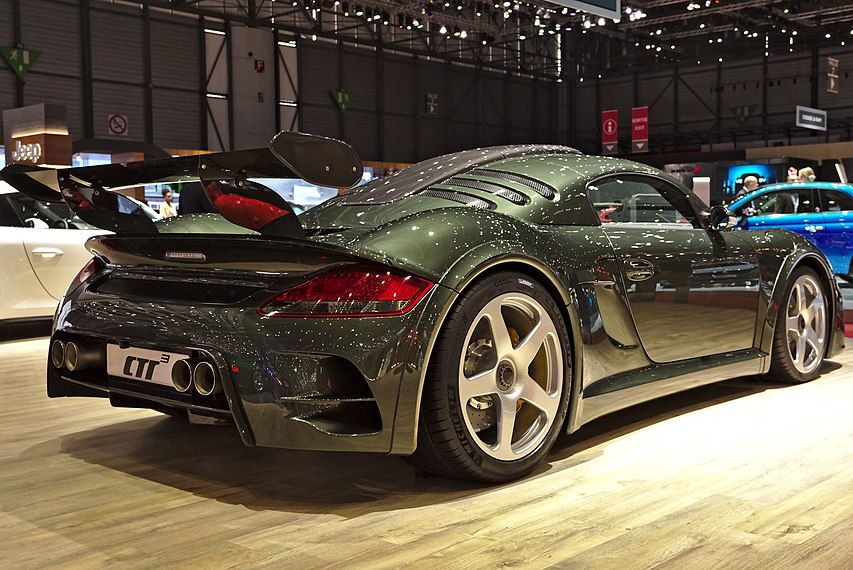
2. **Ruf CTR (Yellow Bird): The Unassuming Challenger**
Just when the automotive world thought the Ferrari F40 had claimed the undisputed crown of speed, a bright yellow explosive device emerged from Ruf, emphatically hammering its name into every gearhead’s collective consciousness. This was the Ruf CTR, famously known as the Yellow Bird, a machine that not only challenged but definitively put the F40 in its place during a high-speed run in Nardo, Italy. It recorded an astonishing 213 mph, a full 12 mph more than the F40, securing its status as the world’s fastest road-legal car in its day.
What made the Yellow Bird even more remarkable was its unassuming appearance. Based on a narrow-bodied Porsche 911 Carrera, rather than the more generously flared Turbo, it looked almost harmless. Yet, appearances were deceptive. Ruf’s engineering prowess packed a twin-turbo engine, pumped up to a claimed 469 hp, into this seemingly innocent chassis. Car writers at the time suspected it needed at least 500 hp for such a top speed, underscoring the Yellow Bird’s understated power. Its front spoiler and missing rain gutters were meticulously designed to depress the drag coefficient to a respectable 0.32, showcasing an early focus on aerodynamic efficiency.
The driving experience in the Yellow Bird was pure, unadulterated analog thrill. Ruf even left the Blaupunkt cassette radio in place, a touch of familiar simplicity amidst the beastly performance. However, a speedometer reaching 350 km/h [217 mph], a roll cage, and a Recaro seat that gripped like a vice hinted at its true capabilities. When the engine reached operating temperature and full throttle was applied, the ‘Thor’s hammer’ effect of the boost hitting at around 4,000 rpm was nothing short of terrifying. The Ruf crouched and zoomed down the straight, a horrifyingly fast surge that left drivers stunned by how something so old, without modern aids like carbon-ceramic brakes, rear-axle steering, dual-clutch gearboxes, anti-lock brakes, or traction control, could be so devastatingly quick. Only 29 CTRs were built, each with its own Ruf chassis number, as Porsche delivered bare 911 body shells to Ruf, making them the official manufacturer. These cars were stripped of unnecessary ballast like back seats and insulation, with doors and trunk lids made of aluminum, all in the relentless pursuit of speed.

3. **Lamborghini Diablo: The Last True Analogue Supercar**
Emerging in 1990, just a few years after the F40 and Yellow Bird set the high-speed benchmark, came the Lamborghini Diablo, a vehicle that perfectly embodied the raw, untamed spirit of its maker. This magnificent machine is celebrated as one of the last true great analogue supercars, a testament to an era where electronic aids were minimal, and driver skill was paramount to taming its immense power. Its very name, ‘Diablo,’ meaning ‘devil’ in Spanish, hinted at the fiery performance it unleashed on the roads.
The Diablo was a force to be reckoned with, propelled by a monstrous 5.7-litre V12 engine. This colossal powerplant was capable of outputting a formidable 485bhp and an equally impressive 428 lb-ft of torque, figures that commanded respect and awe in its time. Such power was meticulously engineered to deliver not just blistering acceleration but also a top speed that firmly placed it among the elite.
With a recorded top speed of 203 mph, the Lamborghini Diablo secured its place in the exclusive 200 mph club, making it one of the fastest production cars available when it was first launched. This wasn’t merely about numerical superiority; it was about the experience of harnessing a snarling V12, feeling every nuance of the road through its unassisted steering, and mastering a beast that demanded complete attention and respect. The Diablo stands as a powerful reminder of an era when supercars were defined by their mechanical purity and visceral connection to the driver, leaving an enduring legacy as a symbol of raw, unadulterated automotive might.
Car Model Information: 1991 Lamborghini Diablo
Name: Lamborghini Diablo
Caption: Lamborghini Diablo SE30
Manufacturer: Lamborghini
Production: 1990–2001
Assembly: Sant’Agata Bolognese
Class: Sports car
BodyStyle: coupé
Related: Vector M12
Layout: Longitudinal engine,mid-engine design,rear-wheel drive
Engine: Lamborghini_V12#First_generation
Transmission: manual transmission
Wheelbase: 2650 mm
Abbr: on
Length: 4460 mm
Width: 2040 mm
Height: 1105 mm
Weight: ubl
Predecessor: Lamborghini Countach
Successor: Lamborghini Murciélago
Doors: Scissor doors
Categories: All articles with unsourced statements, Articles with short description, Articles with unsourced statements from September 2022, CS1 Italian-language sources (it), CS1 Japanese-language sources (ja)
Get more information about: Lamborghini Diablo
Buying a high-performing used car >>>
Brand: Lamborghini Model: Diablo
Price: $339,999 Mileage: 13,734 mi.
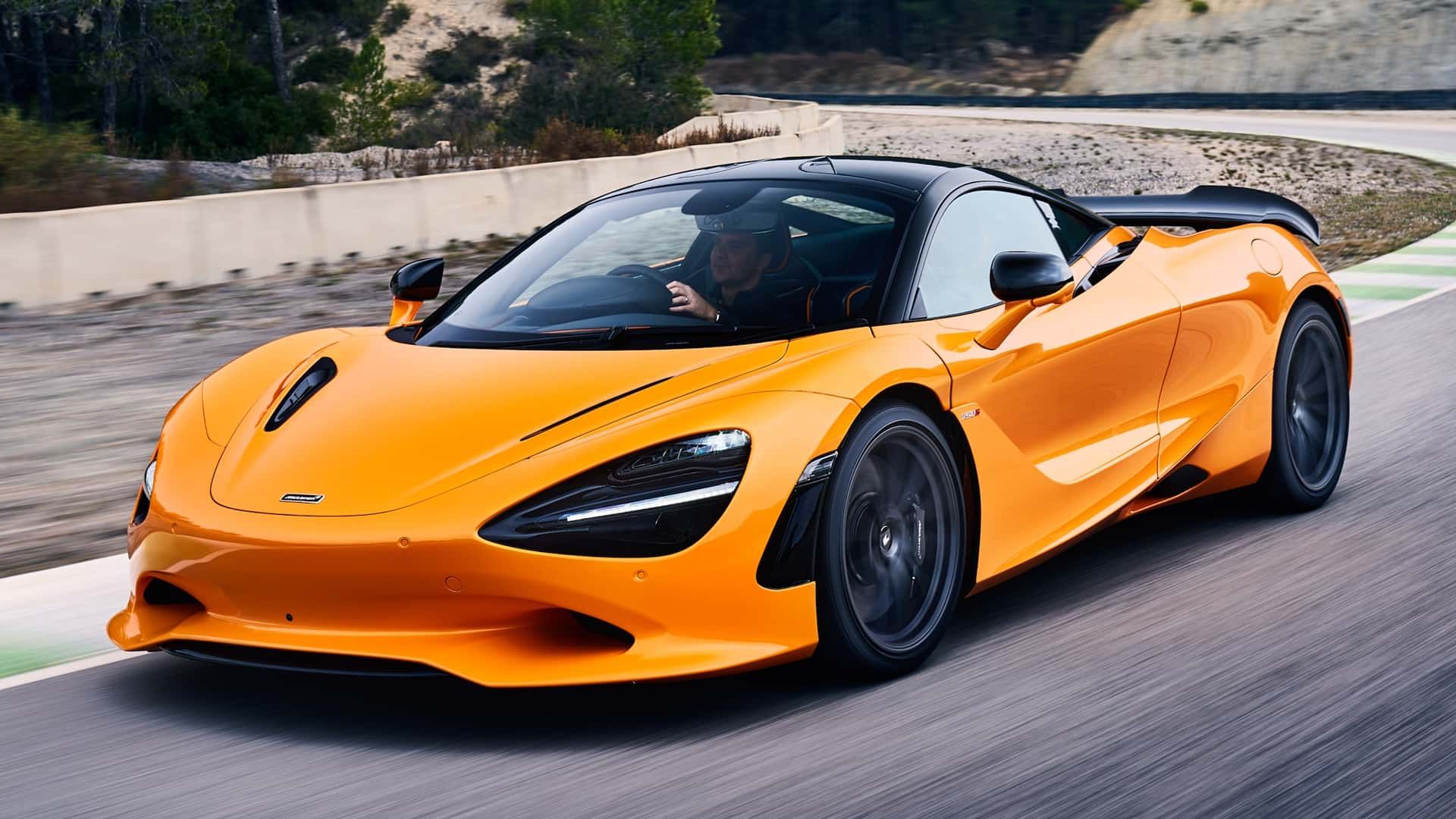
4. **McLaren F1: The Naturally Aspirated King**
Perhaps the most iconic top speed car of all time, the McLaren F1 isn’t just a member of the 200 mph club; it’s widely considered one of the all-time great road cars ever produced, a machine that transcended its era and set new standards for performance and engineering excellence. Its naturally aspirated V12 engine remains legendary, responsible for achieving the highest top speed ever recorded from a non-turbo road car, a truly astonishing feat that speaks volumes about its inherent design and power.
In 1998, the McLaren F1 posted an incredible recorded top speed of 242.4 mph. This wasn’t just breaking the 200 mph barrier; it was shattering it, establishing a benchmark that stood for many years and is still revered today. This monumental achievement instantly secured the F1’s place in the motoring hall of fame, solidifying its status as a technological marvel and a testament to Gordon Murray’s visionary design and McLaren’s engineering prowess.
The F1’s pure, unadulterated power delivery from its V12, without the aid of forced induction, contributed to its legendary responsiveness and linear acceleration. It was a vehicle designed with obsessive attention to detail, from its unique three-seat layout with the driver centrally positioned to its extensive use of exotic materials. The McLaren F1 was a machine built with no compromises, aiming for the ultimate driving experience and maximum performance. Its record-breaking speed wasn’t just about raw power; it was a symphony of aerodynamic efficiency, lightweight construction, and an engine tuned to perfection, making it a true icon in the pantheon of high-speed automobiles.
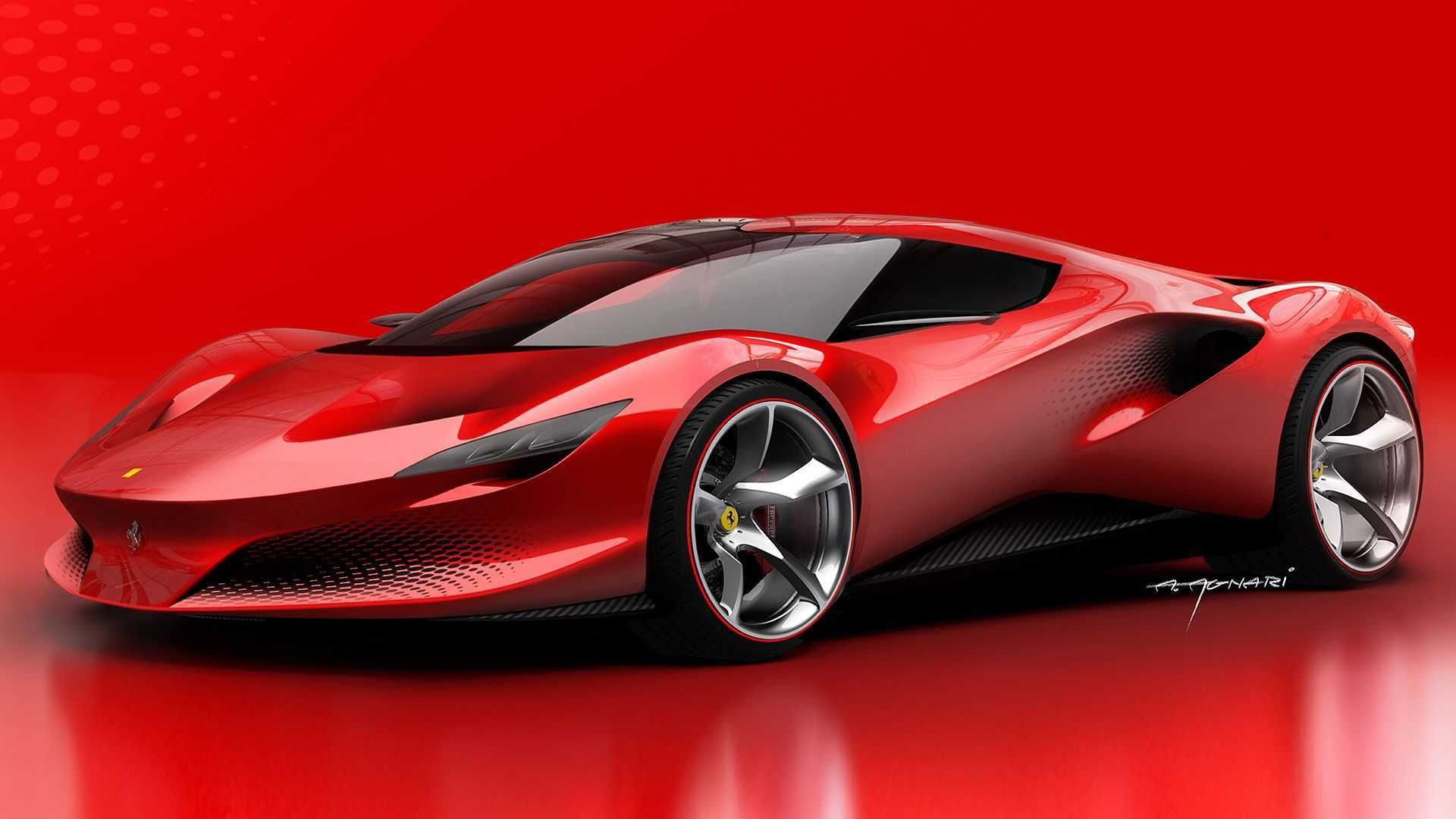
5. **Ferrari LaFerrari: Ushering in the Hybrid Era**
As time marched forward, the landscape of supercar design began to evolve. While top speed remained a crucial metric, the focus increasingly shifted towards holistic performance, with handling and cornering speeds gaining significant prominence. However, this didn’t mean a departure from extreme velocities; rather, engine technology and advancements in composite materials ensured that most true supercars continued to approach, if not outright break, the formidable 200 mph barrier with newfound capabilities.
Enter Ferrari’s LaFerrari, a stunning example of this evolution and a proud member of the new crop of hybrid supercars. This technological tour de force seamlessly integrates traditional internal combustion with advanced electric propulsion, demonstrating how cutting-edge hybrid powertrains could deliver breathtaking performance without sacrificing efficiency or drivability. Its groundbreaking design and engineering allowed for unparalleled power delivery and dynamic capabilities.
Thanks to its formidable 950bhp hybrid powertrain, the LaFerrari is capable of delivering a blistering 217mph+ top speed. This impressive figure not only reaffirms Ferrari’s commitment to outright performance but also showcases the potential of hybrid technology to push the boundaries of speed and acceleration. The LaFerrari stands as a brilliant bridge between the raw analog machines of the past and the hyper-advanced supercars of the future, proving that the pursuit of ultimate velocity continues to thrive, even as the methods of achieving it become more sophisticated and environmentally conscious.
While the machines themselves are marvels of engineering, the very concept of the 200 MPH Club extends beyond mere specifications. It embodies a culture of relentless pursuit, a proving ground for both automotive technology and human courage. Having explored some of the groundbreaking vehicles that first shattered this incredible barrier, it’s time to delve deeper into the club itself – its prestigious nature, the formidable challenges of its most famous proving ground, and how modern marvels continue to redefine the upper echelons of speed. This section will peel back the layers to reveal what it truly means to be a member of this exclusive fraternity.
Car Model Information: 2014 Ferrari LaFerrari Coupe
Name: LaFerrari
Manufacturer: Ferrari
ModelCode: F150
Production: 2013–2018
ModelYears: 2013–2016 (coupé),2016–2018 (Aperta)
Assembly: Maranello
Designer: Flavio Manzoni
Class: Sports car
BodyStyle: coupé
Layout: Rear mid-engine, rear-wheel-drive layout
Related: Ferrari FXX-K, Ferrari Daytona SP3
Engine: Ferrari F140 engine,V12 engine
Motor: Kinetic energy recovery system
Transmission: Dual-clutch transmission
Powerout: Convert
Wheelbase: 2650 mm
Abbr: on
Length: 4702 mm
Width: 1992 mm
Height: 1116 mm
Weight: 3495 lb
Order: flip
Predecessor: Ferrari Enzo
Successor: Ferrari F80
Sp: uk
Doors: Butterfly doors
Categories: Articles with short description, CS1 Italian-language sources (it), Cars discontinued in 2018, Cars introduced in 2013, Commons category link from Wikidata
Get more information about: LaFerrari
Buying a high-performing used car >>>
Brand: Ferrari Model: LaFerrari
Price: Not Priced Mileage: 724 mi.
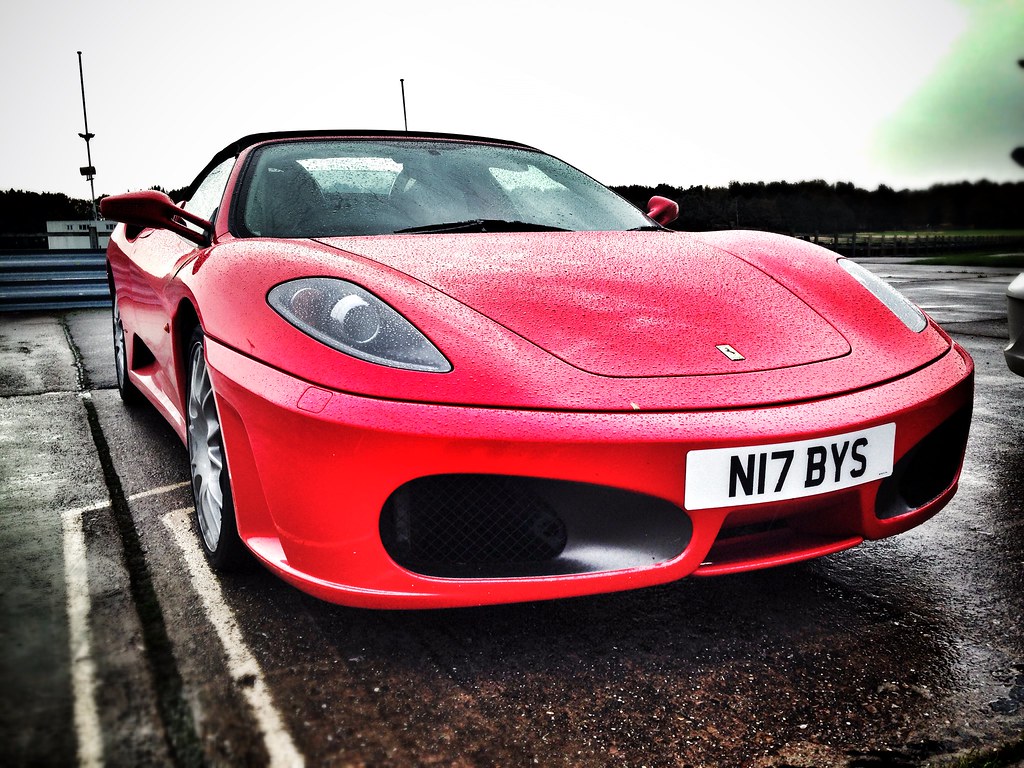
6. **The 200 MPH Club: More Than Just a Number**
To merely state a car’s top speed is to miss the profound significance of the 200 MPH Club. It’s not simply a numerical threshold; it represents a pinnacle of achievement, an “elite club of the absolute fastest vehicles on the road,” as the context highlights. This is a formidable “right of passage” that transcends casual bragging rights, demanding official, sanctioned performance verified by precise timing equipment and credible witnesses. It’s a testament to a vehicle’s design and a driver’s skill, a true benchmark in the automotive world.
Indeed, for race car drivers, the 200 MPH Club functions as a “special honor roll,” much like academic distinctions. Achieving this incredible speed milestone in an official racing event is a career-defining moment, symbolizing exceptional control and unwavering dedication. The most iconic representation of this achievement can be found at the Bonneville Salt Flats, where members are famously awarded a distinctive red hat, an instantly recognizable symbol of their audacious accomplishment within the motorsport community. Other organizations, like the East Coast Timing Association, also run their own versions, such as the Maxton 200MPH Club, where a successful run earns a green hat, each club with its unique set of rules and revered traditions.

7. **Bonneville Salt Flats: The Ultimate Proving Ground**
When one envisions land speed records and the pursuit of extreme velocity, the Bonneville Salt Flats in Utah invariably come to mind. This colossal, flat expanse of dried salt is far more than just a track; it is arguably the “most famous 200MPH Club” location and the ultimate proving ground for those daring to push the limits. What looks like an endless, featureless white plain presents a unique and incredibly demanding environment, one that becomes the “harshest competitor environment” for any vehicle or driver.
Unlike the controlled surfaces of a NASCAR oval or the sticky asphalt of a drag strip, the Salt Flats present a multitude of challenges. The “traction problems with the loose salt” are unlike anything experienced elsewhere, dragging tires down in a way that can severely impede progress. Furthermore, the “unevenness of the track itself” demands exceptional vehicle setup and driver focus, turning what appears to be a smooth surface into a nuanced, treacherous course. Add to this the brutal “heat of summertime on the Salt Flats,” which can sap both driver and engine power, or unexpected rain that can halt proceedings entirely, and it becomes clear that Bonneville is a battle against the elements as much as against the clock.
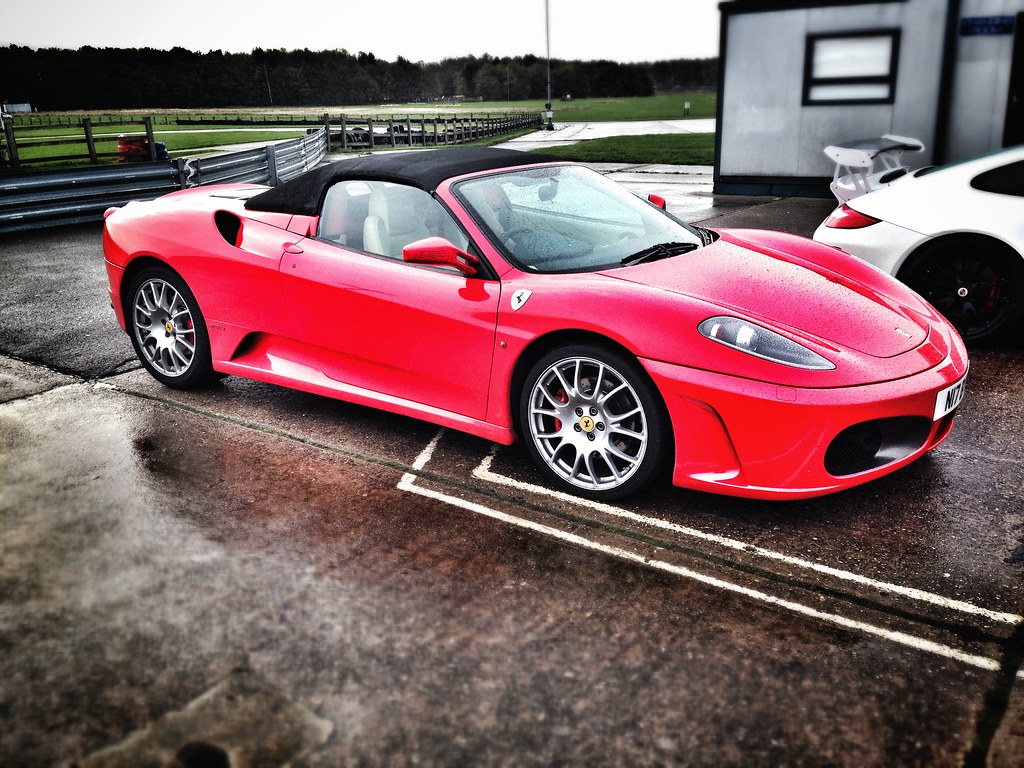
8. **Membership Requirements: Earning the Elite Status**
Entry into the esteemed 200 MPH Club is not a casual affair; it is a meticulously governed process that ensures its exclusivity and preserves the integrity of such a monumental achievement. The stringent “membership requirements” are designed to make it a “worthwhile venture for the race teams and the driver alike,” emphasizing not just raw speed, but also safety, precision, and adherence to established regulations. It’s a commitment that transcends simply building a fast car, demanding an all-encompassing approach to automotive excellence and human fortitude.
To officially join this coveted group, especially in the context of the Bonneville Salt Flats, specific criteria must be met, as detailed by the governing bodies. The official documentation from organizations like the Federation Internationale de l’Automobile (FIA) or the Southern California Timing Association / Bonneville Nationals, Inc. (SCTA/BNI) is paramount. The requirements stipulate: “Any driver or rider of a wheel driven automobile or motorcycle who is timed at the Bonneville Salt Flats on two consecutive runs at an average speed of 200 m.p.h. or more over a straightaway course incorporating a speed trap of not less than one mile in length, in opposite directions if suitable course conditions prevail, to set a new record (or meet a 200 MPH Club minimum) recognized by the Federation Internationale de l’Automobile (FIA), Federation Internationale Motocyclisme (FIM), Southern California Timing Association / Bonneville Nationals, Inc. (SCTA/BNI) or Utah Salt Flats Racing Association (USFRA) UPON PRESENTATION OF CERTIFIED DOCUMENTATION shall automatically become a member.”
This comprehensive set of rules underscores the demanding nature of the club. It highlights that success hinges not only on the vehicle’s sheer power but also on the “drivers’ skills as well as the safety of the engineering practices used to build your car.” A successful run requires a flawless synergy between man and machine, meticulous preparation, and the unwavering courage to confront the unique challenges of the high-speed environment. It’s a testament to the fact that while horsepower gets you there, precision and safety get you in.
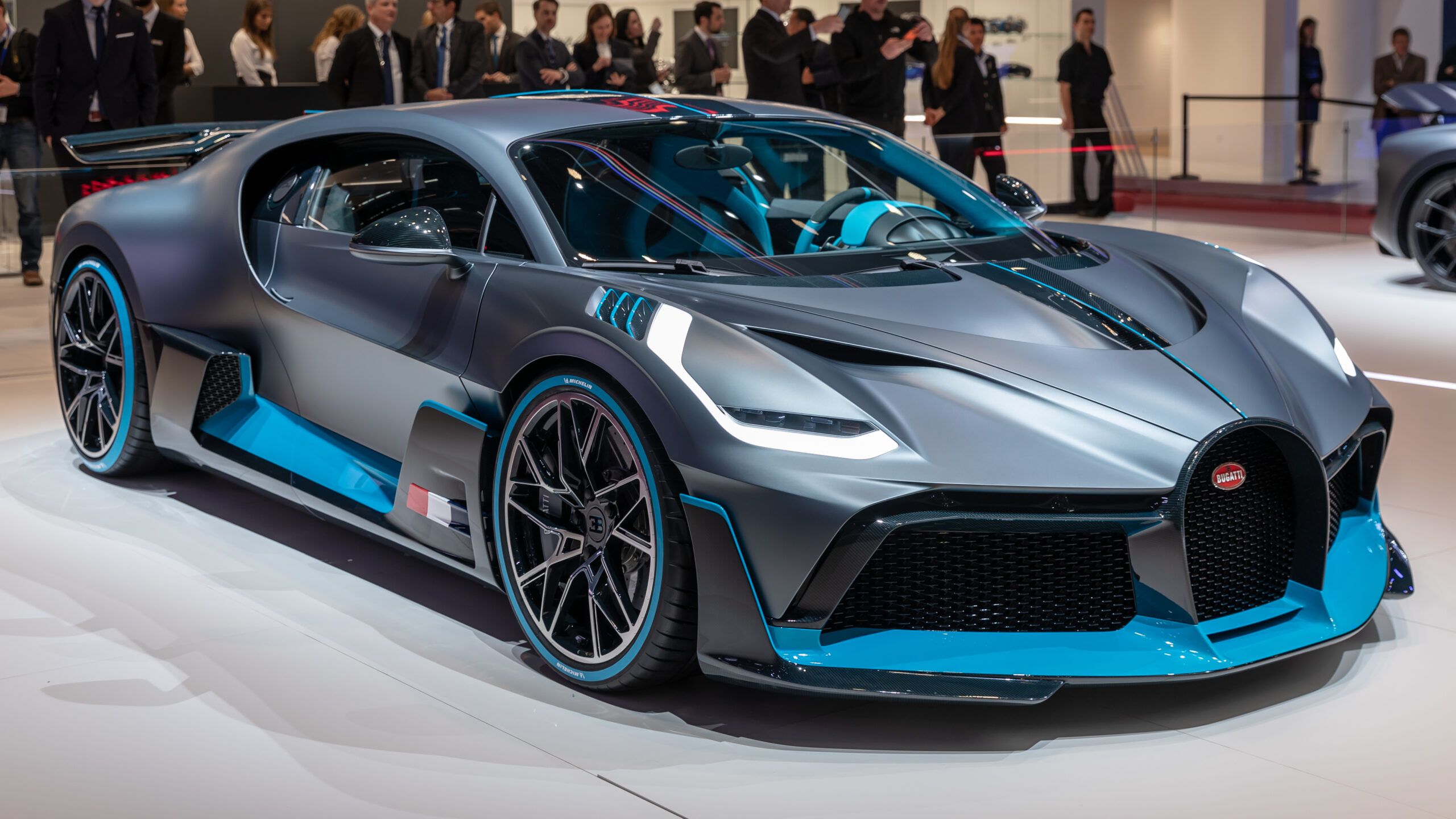
9. **Modern Supercars: The Relentless Pursuit of Velocity**
The narrative of the 200 MPH Club is one of continuous evolution, a testament to the automotive world’s ceaseless quest for speed and engineering perfection. As we’ve seen, the tradition began decades ago, but the march of technology has ensured that “more modern cars have gone way beyond the 200mph mark,” pushing the boundaries of what was once considered impossible. Today’s supercars are a fascinating blend of raw power and sophisticated control, meticulously crafted to achieve blistering speeds while offering unparalleled driving dynamics.
This ongoing “push the boundaries of extreme velocity and engineering excellence” isn’t solely about raw horsepower anymore. It’s an intricate dance between aerodynamic efficiency, lightweight materials like carbon fiber, advanced electronic aids, and increasingly, hybrid powertrains that deliver instant torque and formidable power. Reaching and exceeding 200 mph in these modern marvels requires an amalgamation of “exceptional driving skill, courage, and often years of preparation,” with drivers needing “complete trust in their vehicle’s engineering and their own abilities.” Every component, from specialized tires to advanced suspension, is optimized for maximum performance and stability at speeds that once belonged solely to purpose-built race cars.
Such a revered milestone has even transcended the physical realm, permeating popular culture. Interestingly, “the concept has even made its way into racing video games.” Titles like Forza Motorsport include “200MPH Club achievements” that players can unlock, serving as a digital rite of passage that introduces new generations to the thrill and prestige of this motorsport tradition. It’s a powerful reminder that the allure of speed and the aspiration to join this elite club remain as potent as ever.
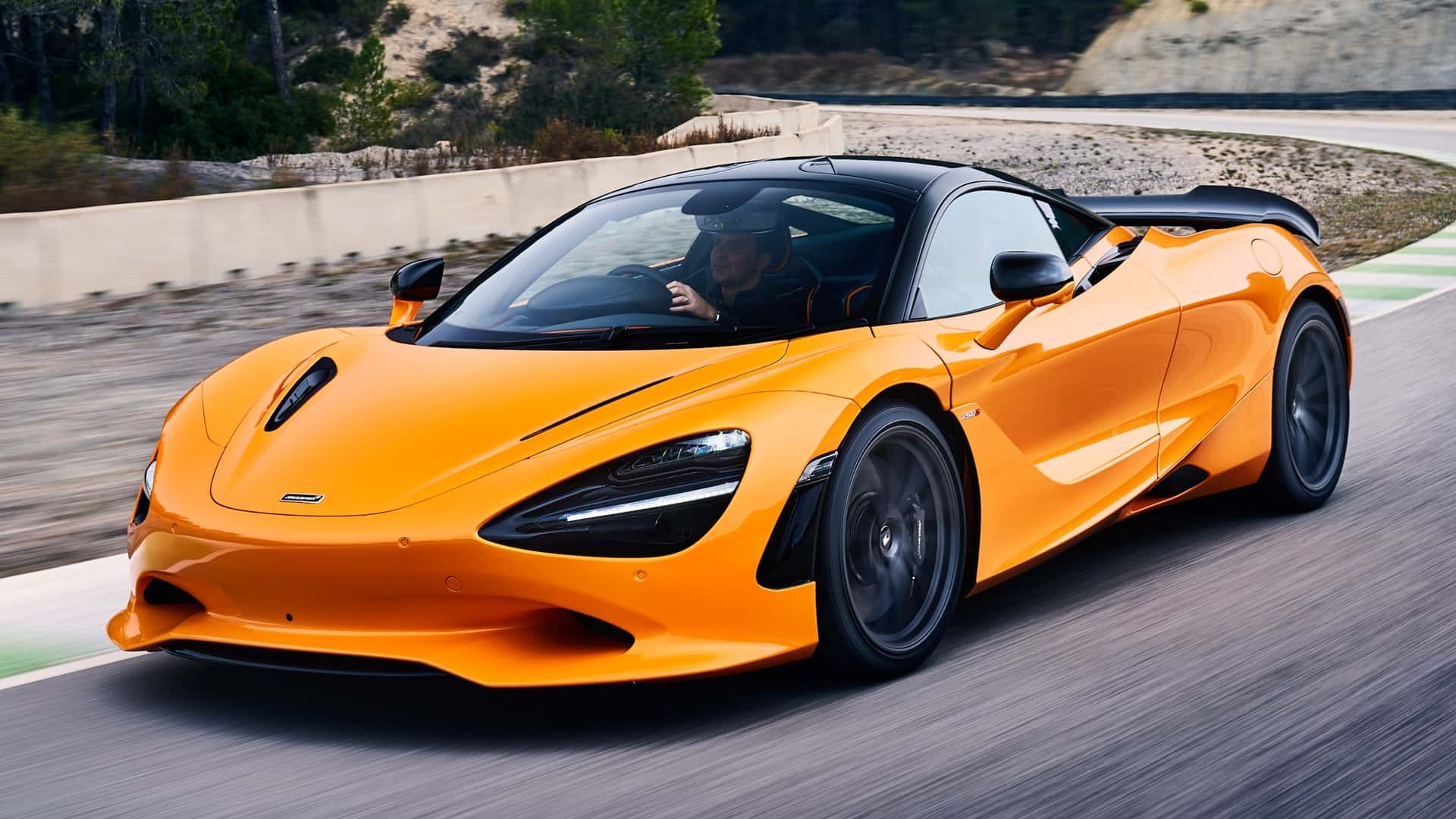
10. **McLaren 750S Spider: The Latest Icon to Join the Ranks**
The ceaseless innovation within the supercar segment continues to yield extraordinary machines, and the McLaren 750S Spider stands as a vivid testament to this relentless progress. This stunning vehicle has recently made its mark, proudly becoming a member of the coveted ‘200 mph club’ at the Sun Valley Tour de Force event. Its North American dynamic debut was a spectacle of performance, with former McLaren Formula 1 driver Stefan Johansson expertly piloting the brand’s latest offering, demonstrating its profound capabilities.
Defining a “new benchmark for supercar performance and driver exhilaration,” the McLaren 750S is an unashamedly purist-focused machine. It earns its place as the “lightest and most powerful series-production McLaren,” boasting a formidable V8-engined, 740bhp powertrain available in both Coupe and Spider variants. This potent combination translates into truly ferocious performance, evidenced by its astonishing acceleration figures: a blistering 0-60mph in just 2.7 seconds and an equally impressive 0-124mph in 7.2 seconds. Crucially, its independently verified top speed in excess of 200mph solidifies its membership in this elite club.
Stefan Johansson, stepping out of the 750S after its initial run, praised McLaren’s newest supercar, stating, “‘Driving the 750S is a truly inspiring experience. It is comfortable, predictable, and yet amazingly fast. You feel secure and confident behind the wheel, while still unleashing outstanding levels of performance.'” He further emphasized, “‘It’s a supercar that builds on the legacy of its benchmark predecessor the 720S in all respects.'” With first customer deliveries commencing later this year and the US allocation already sold out deep into 2024, the McLaren 750S Spider is not just a triumph of engineering; it’s a wildly successful, sought-after icon, reaffirming McLaren’s unwavering commitment to extreme velocity and driving purity.
Car Model Information: 2022 Honda Accord Sport 1.5T
Name: McLaren 720S
Manufacturer: McLaren Automotive
Production: 2017–2023 (720S),2023–present (750S)
Engine: McLaren M840T engine,twin-turbocharged,V8 engine
Powerout: 720 PS
Abbr: on
Transmission: Graziano Trasmissioni, Dual-clutch transmission
Wheelbase: cvt
Length: cvt
Width: cvt
Height: cvt
Weight: 1419 kg
Order: flip (720S Coupé)
Sp: uk
Predecessor: McLaren 650S
Successor: #750S
Categories: 2010s cars, 2020s cars, All articles with unsourced statements, Articles with short description, Articles with unsourced statements from February 2022
Get more information about: McLaren 720S
Buying a high-performing used car >>>
Brand: McLaren Model: 750S Spider
Price: $25,730 Mileage: 14,743 mi.
From the pioneering legends that first dared to breach the 200 mph mark to the cutting-edge hybrids and refined supercars of today, the 200 MPH Club remains a vibrant, evolving symbol of automotive ambition. It’s a place where engineering brilliance meets unparalleled bravery, where the relentless pursuit of speed continues to captivate and inspire. Whether on the hallowed salt flats or in the digital realm, the magic of hitting 200 miles per hour endures, forever calling to those who crave the ultimate thrill of velocity. The journey through this exclusive club is a testament to what’s possible when human ingenuity and passion collide with the boundless potential of the automobile, leaving an indelible mark on the very fabric of motoring history.

